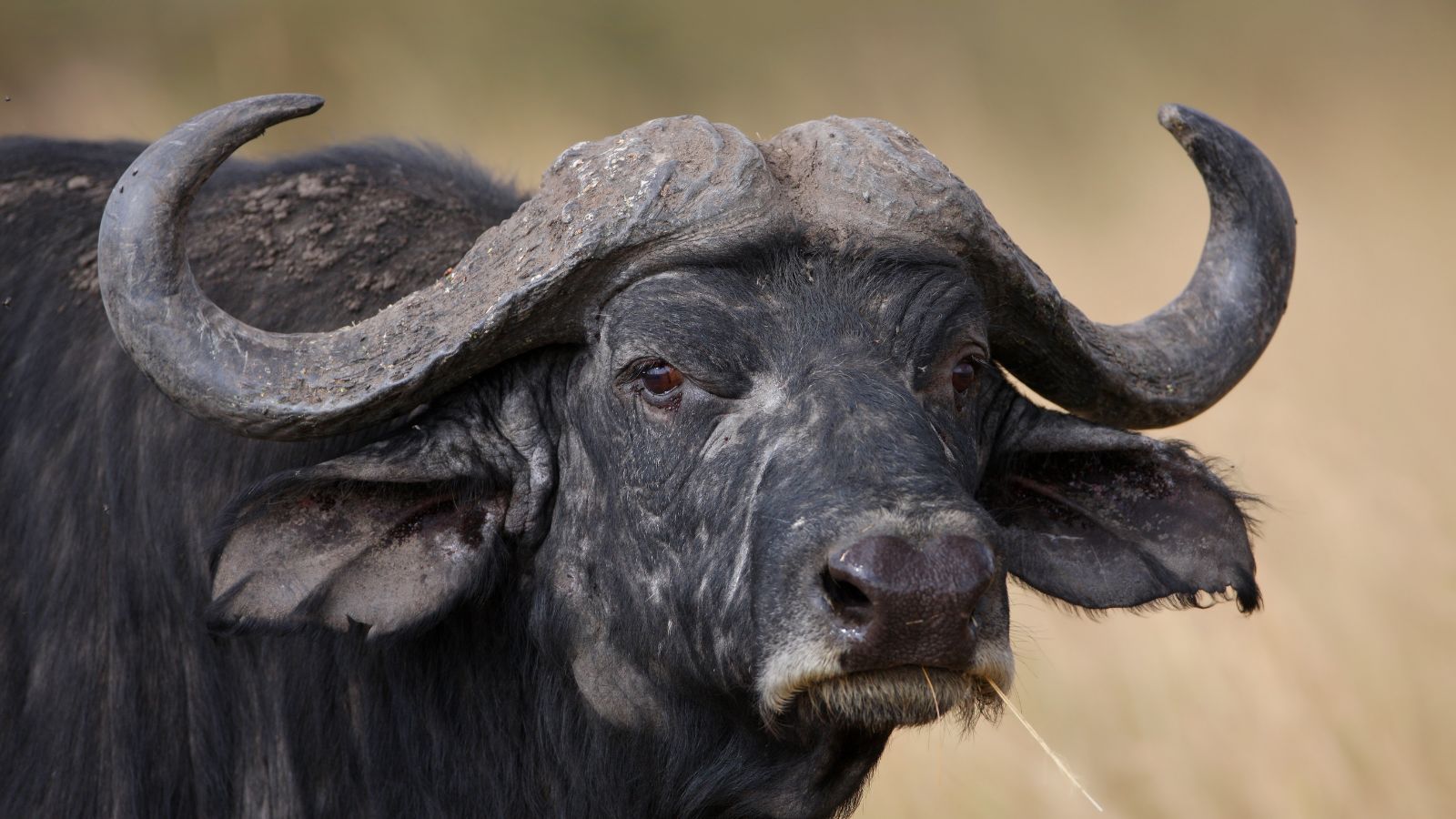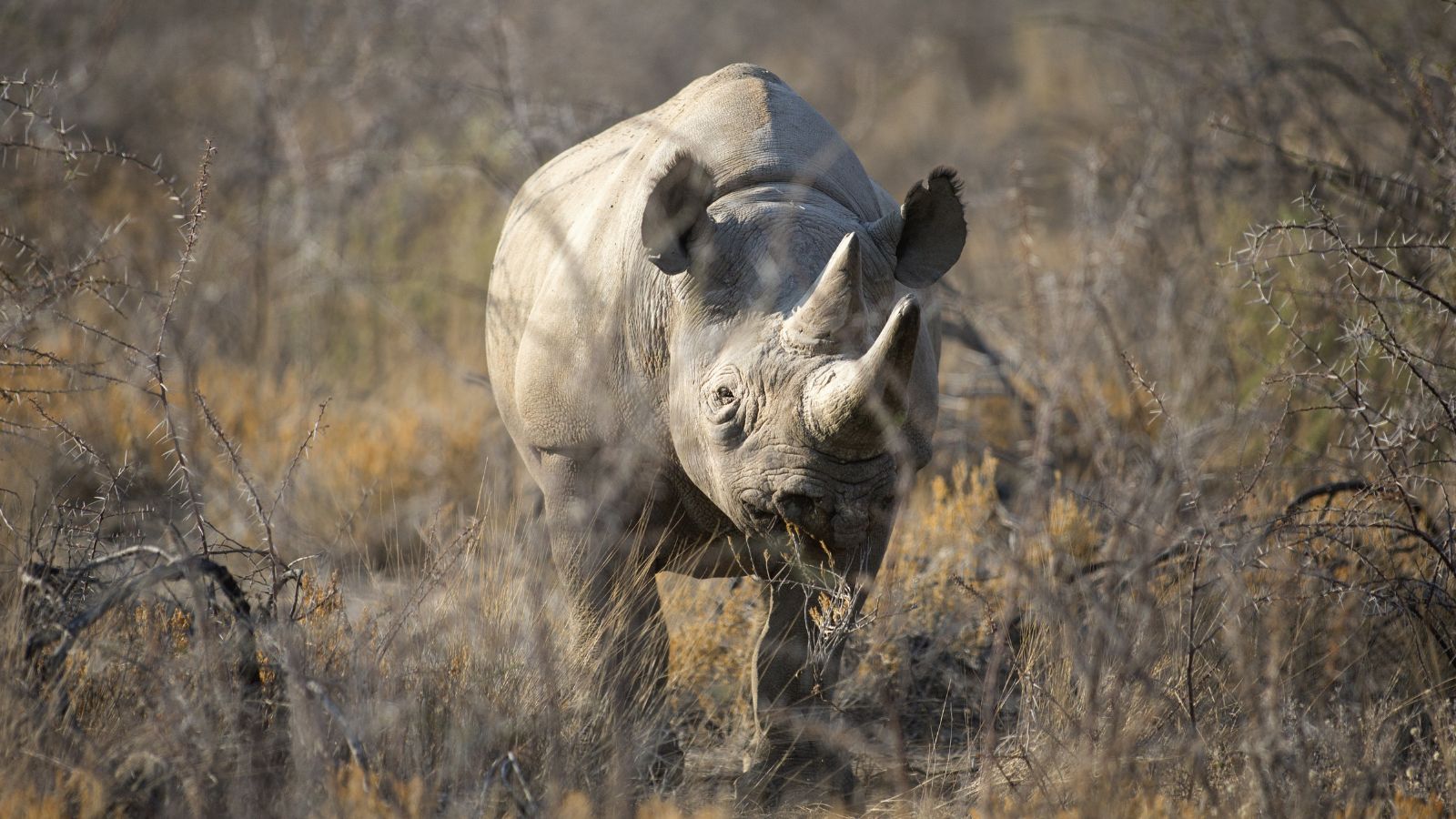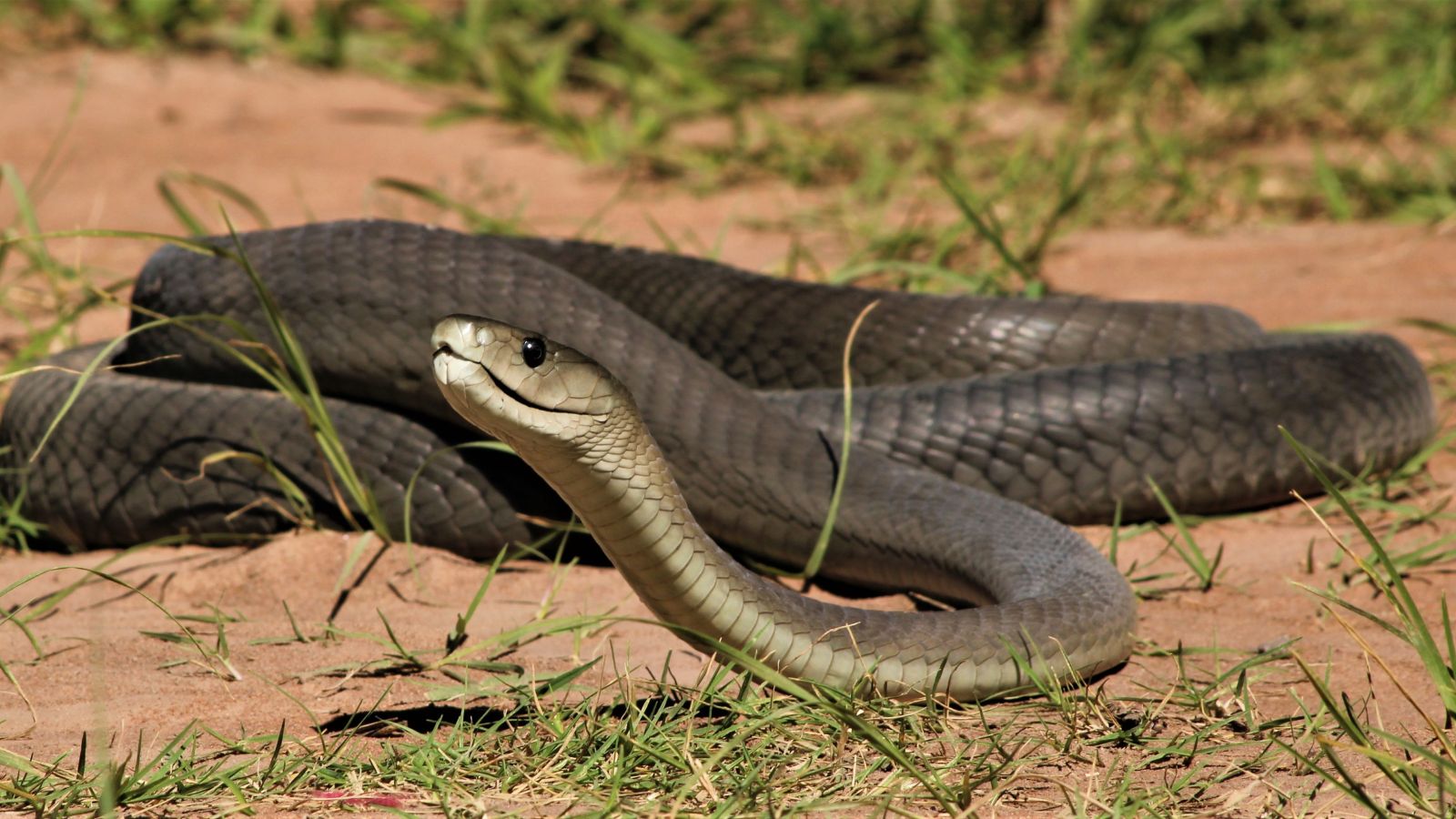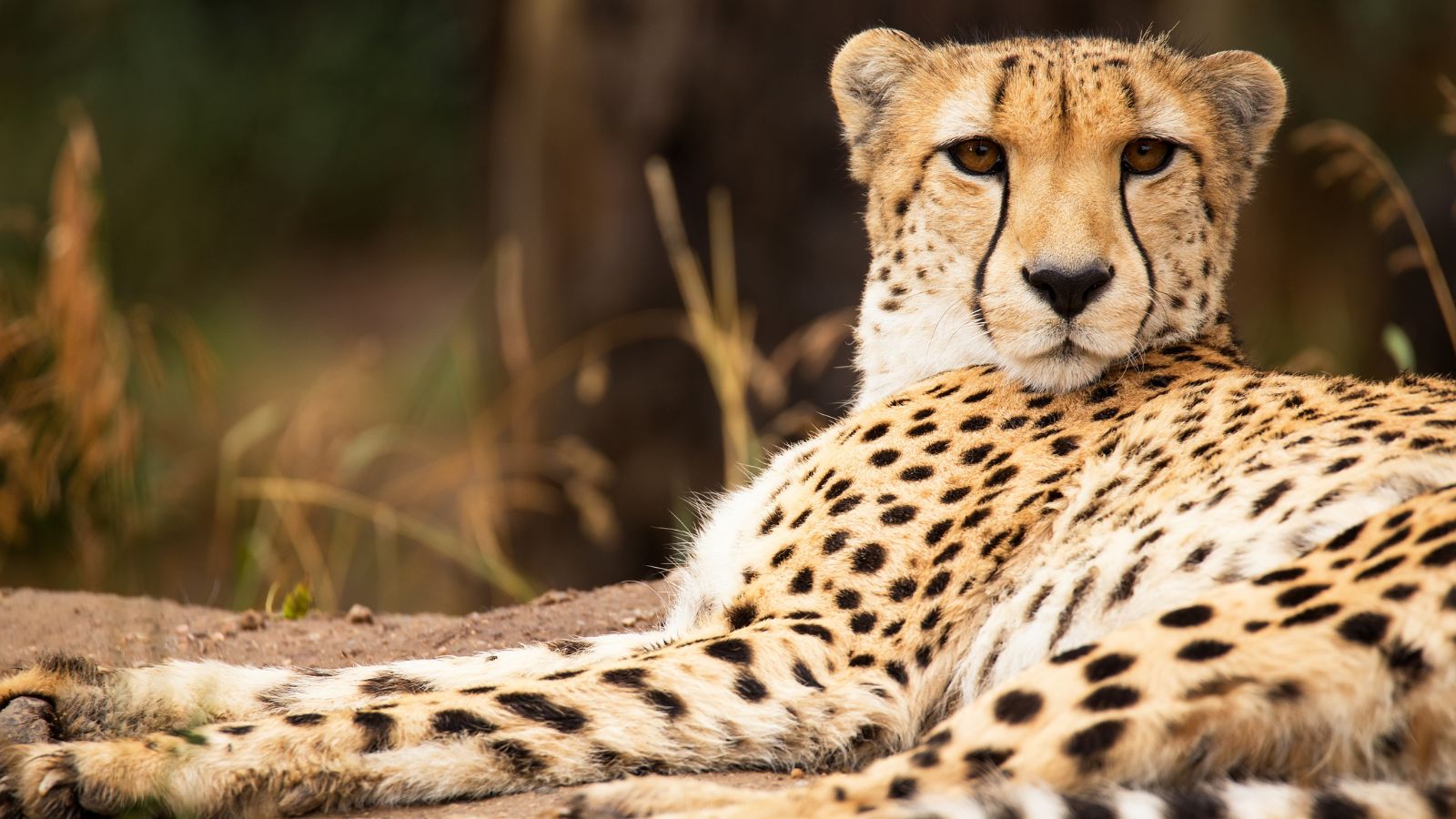It’s an exhilarating experience to explore the wild, but it’s essential to be aware of the dangers that lurk in these natural habitats. While many animals are stunning, they can also be incredibly dangerous. Here are 17 dangerous safari animals that you should steer clear of.
African Elephant

African elephants can be surprisingly aggressive, especially if they feel threatened. Female elephants are also extremely protective of their young, which can lead to potentially dangerous encounters. Their massive size and power make them capable of causing significant damage. I wouldn’t mess with an elephant!
Hippopotamus

Don’t be fooled by the hippopotamus’ bulky appearance! They can run up to 30 km/h, and their large, powerful jaws can crush boats and severely injure or kill humans. According to National Geographic, “their deadly strength makes them one of Africa’s most dangerous animals.”
Cape Buffalo

Known for their unpredictable and aggressive behavior, the cape buffalos fiercely defend each other and their herd when threatened, especially against predators. When a cape buffalo charges, it can be sudden and powerful, capable of inflicting severe injuries or even death!
Nile Crocodile

Nile crocodiles are experts at ambushing their prey and often attack without warning. They also have one of the strongest bites in the animal kingdom. Combining this with their infamous death roll, which can quickly disorient their prey, makes them dangerous creatures.
Lion

It’s common knowledge that lions are apex predators with no natural enemies other than humans. Their tendency to hunt in prides makes them incredibly efficient hunters. They’re dangerously protective over their territory, especially if they perceive something or someone as a threat!
Leopard

You definitely can’t outrun the leopard! This often solitary animal is very territorial and can be very aggressive if provoked. Leopards are masters of stealth and can strike without warning. Once they’ve caught their prey, they have immense strength that allows them to drag it up trees to avoid scavengers.
African Wild Dog

African wild dogs are highly coordinated with their hunting strategies, and their hunting success rate is one of the highest among predators! The Guardian reports that they’re “an important component of the predator guild that helps regulate the population growth of prey species and to maintain stable predator-prey dynamics.”
Rhinoceros

Rhinoceroses are chunky animals with bad eyesight. However, don’t underestimate these creatures! Their poor eyesight often leads them to be easily startled and potentially aggressive, and their charge can reach speeds up to 50 km/h! This aggressive behavior is heightened when they’re protecting their young.
Hyena

Always associated with their ridiculous laughing sounds, hyenas are not all fun and games! They have immensely strong jaws that are capable of crushing bones. Hyenas are both good scavengers and skilled hunters and are known to be dangerous when competing for food.
African Buffalo

You wouldn’t want to come face-to-face with an African buffalo. They can be very large and strong, posing a significant threat, and they are known for their volatile nature and aggression. Their tendency to charge in groups also makes them particularly dangerous.
African Rock Python

One of the biggest species of snake, the African rock python can constrict large prey, much larger than themselves. Live Science says that “these snakes can reach an impressive 20 feet (6 meters) long, and they may prey upon creatures even longer.” Though rare, there have been cases of these pythons attacking humans, so beware!
Black Mamba

If you ever come across a black mamba, run the other way! They are one of the most venomous snakes in the world and are known for their speed on land, as well as when lunging to bite. When threatened, black mambas can be highly aggressive and often strike repeatedly.
Cheetah

Cheetahs “can reach speeds up to 64 miles per hour in 3 seconds, making them the fastest land animals in the world over short distances,” according to the WWF. These beautiful animals are often preyed upon by larger predators; however, they can also be aggressive when threatened.
Gorilla

The large size and strength of gorillas are pretty scary! They’re formidable creatures that are highly protective of their group, especially against anything that might be perceived as a threat. Gorillas can be dangerous when showing dominance or defending their territory.
Puff Adder

The puff adder has a venomous bite and is responsible for many snakebite fatalities in Africa! They can naturally camouflage themselves, which makes them difficult to spot. With their lightning-fast strikes, you have no chance against this creature when it’s provoked.
Honey Badger

Don’t be deceived by the cute name—the honey badger is known for its fearlessness and aggressive behavior! Its thick skin is designed to offer protection against many predators. Honey badgers are also not fussy with their food (unlike many of us) and will attack a variety of prey, including venomous snakes.
Mosquito

While you most likely don’t go on safari to see mosquitos, they’re inevitably there—and surprisingly, probably the most dangerous! Mosquitoes can carry malaria, an illness that humans can catch from being bitten by this insect. It can be life-threatening, but luckily, it’s preventable and treatable.
Up Next: 17 Phrases Older People Use That No One Else Gets

Each and every generation has its own phrases and sayings that separate it from the rest, and the boomers certainly have plenty. Discover 17 popular boomer phrases that aren’t often used today and what they mean. Maybe you’ll want to bring some of them back!
17 Phrases Older People Use That No One Else Gets
People Who Don’t Show Empathy Usually Have These 18 Traits

The world would be a better place if everyone had a little more empathy. But sadly, in reality, some people show much less empathy than we’d like. Here are 18 traits of people who don’t show empathy.
People Who Don’t Show Empathy Usually Have These 18 Traits
The 17 Unhappiest States in America

The US has hit an all-time low position in the World Happiness Index, tumbling to 23rd in 2024. However, it’s important to remember that location is an important factor; many US states are very happy, unlike the following 17 US states that appear to be the most unhappy.
